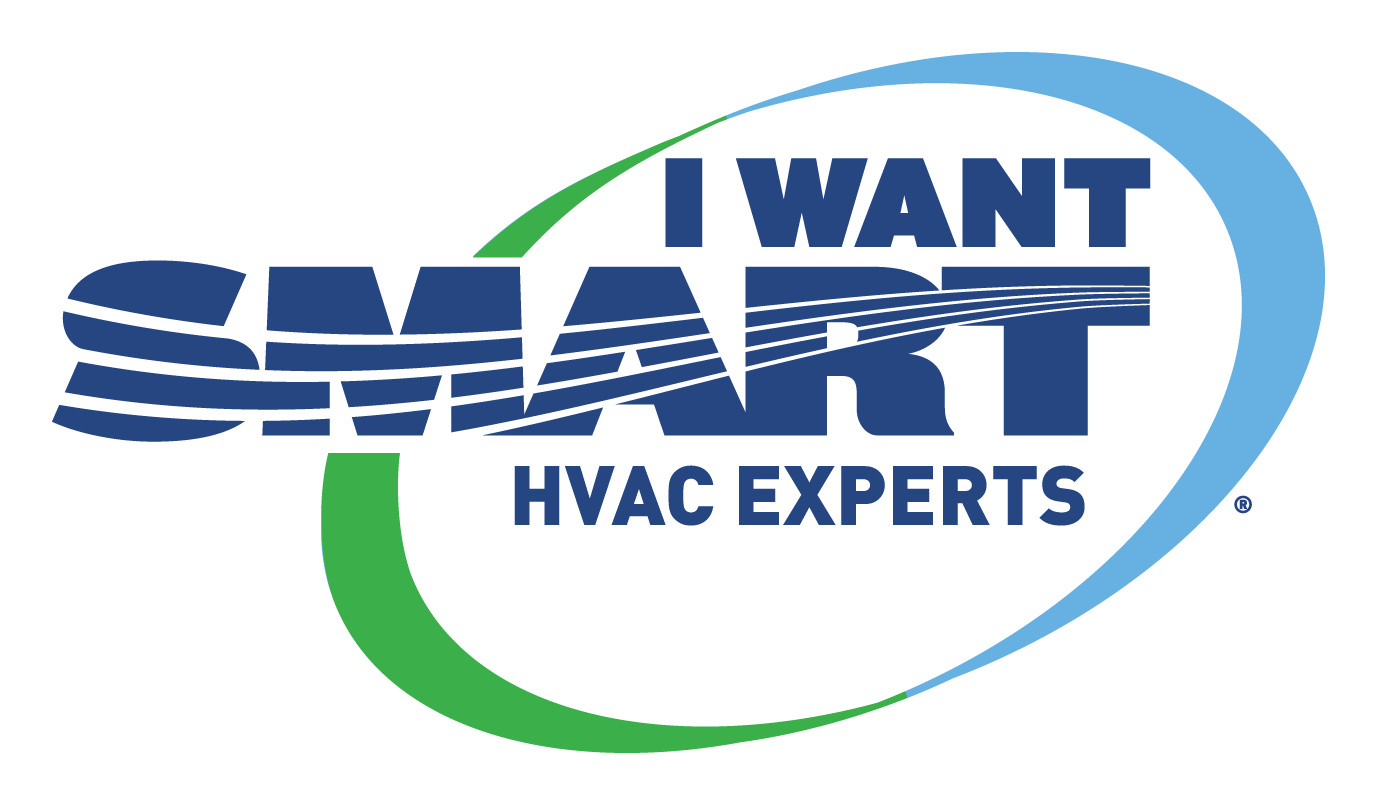Carbon Monoxide Safety Tips for Chimney and Furnace Season
Winter is here. And while you’ve probably fired up the furnace plenty, and stocked up on firewood, have you studied up on carbon monoxide safety?
A common output of malfunctioning or improperly used appliances, carbon monoxide is a poisonous gas that’s nicknamed the “silent killer” because you can’t see it, smell it or taste it. Furnaces, stoves, ovens, water heaters and blocked chimney vents can all be potential sources of carbon monoxide, or CO.
So how do you protect yourself? Here are some important safety tips from the U.S. Fire Administration that can help keep you safe from carbon monoxide poisoning this winter.
Furnace and Chimney Safety Precautions
- Have fuel-burning heating equipment and chimneys inspected annually by a licensed professional. This includes your furnace, water heater, wood stove and any portable heaters.
- Make sure the damper is opened and clear of debris before using a fireplace.
- Never use your oven or stove to heat your home.
- When purchasing new appliances, look for products that have been tested and are labeled by a recognized testing laboratory.
- Make sure all fuel-burning equipment is vented to the outside and is kept clear and unblocked.
- Damaged or discolored bricks at the top of your chimney, moisture around the windows and walls near a furnace, and excessive rust on vent pipes or the outside of appliances can all be signs of a potential CO problem. Call in a professional if you spot these signs.
CO Alarm Testing and Replacement
- Run a test on your CO alarms at least once a month, and replace them if they aren’t responding correctly. Sensors in carbon monoxide alarms have a limited life.
- A CO alarm isn’t a substitute for a smoke alarm, and vice-versa. You should familiarize yourself with the different sounds each alarm makes.
- If the carbon monoxide detector is beeping, go outside and immediately call 911 or the fire department.
Proper ventilation, a solid cleaning, and a working early-CO-detection alarm are your biggest allies when it comes to preventing a carbon monoxide buildup this winter.
Source: By Frank Rivera, ADT, January 31, 2013

